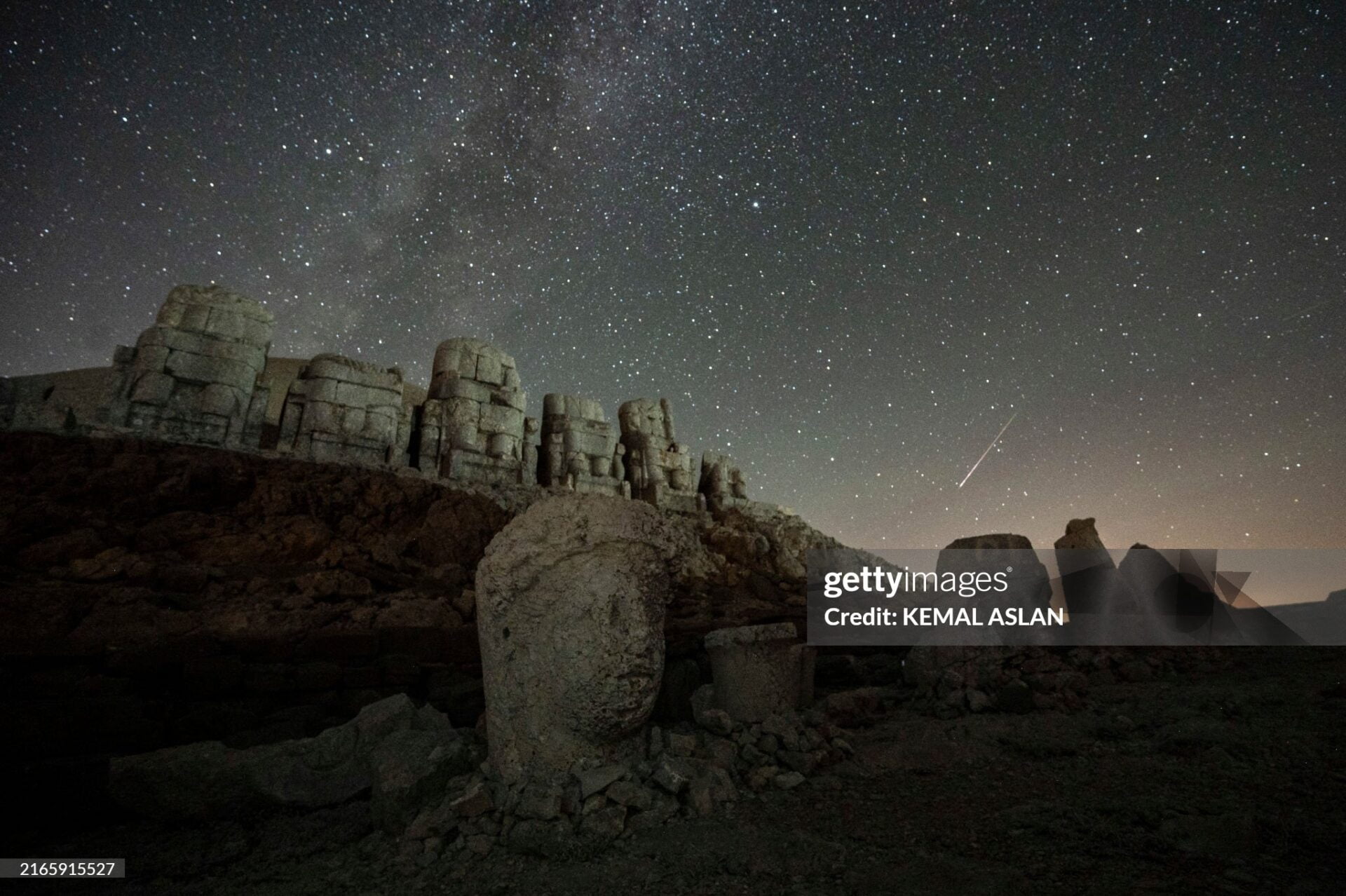Meteors will be streaming through the sky in one of the most anticipated celestial spectacles
The early hours in the morning of the 12th of August people from the Northern Hemisphere could see up 100 meteors per hour, and fireballs blaze across the sky from Perseids.
By Riane Lumer
Aug 11, 2024 11:05 PM
Sign up for CNN’s Wonder Theory science newsletter. Explore the universe with news on fascinating discoveries, scientific advancements and more .
CNN —
It’s the time of year to enjoy the most awaited meteor showers of the season: the stunning spectacle called the Perseids.
The rays of light and color will be visible across the sky, while explosions of fireballs remain and leave behind brighter streaks than meteor trails that are left by Perseids that pass through the atmospheric.
The Perseid meteor shower is visible every year from mid-July until September 1. Perseid meteor shower expected to peak on Sunday before dawn on Monday. It is estimated that up to 100 meteors are anticipated per hour, traveling at speeds of 133,200 miles an minute (214,365 km/hour).
Bill Cooke, head of NASA’s Meteoroid Environment Office, described the Perseids as the most awe-inspiring meteor showers of the season due to the glowing fireworks. They’re “the closest thing each year to a celestial fireworks display,” Cooke declared.
The most unusually bright meteors, also known as fireballs may exceed 1 one meter (3.3 feet) in diameter. They can also be more bright than Venus -according to as per NASA as well as Cooke. Venus is among the brightest stars in the night sky.
The fireballs that are exploding in the sky are “brighter than any star or planet in the sky,” said Robert Lunsford, the fireball report coordinator for the American Meteor Society. Similar to human-made human-madefireworks and fireballs, they “tend to leave persistent streaks in the sky that will look like smoke and slowly dissipate over a few seconds after the meteor has gone,” Lunsford stated.
This is the best time to be watching the shower since moonlight conditions won’t block out the tiny meteors, allowing viewers to see the bright and dim ones, Cooke said. “Get in the entire shower this year,” Cooke stated, pointing out the moonlight conditions last year “kind of shut down the show” and blocked out dim meteors.
At the height of the shower the moon is half-lit and will rise around midnight at night.which is the ideal time for meteor viewing with dark skies that contrast with the bright balls.
“There are meteor showers going all the time, but again, they’re so weak, most people wouldn’t even notice they’re happening,” Cooke explained. (In one rare event in the last month observers were able to spot the sight of a meteor that was a fireball in full daylight in some parts of northern Northeast.)
“This is your best opportunity to see these celestial fireworks, and what they tell us is exactly when we pass through certain orbits of the comet (Swift-Tuttle) that produced these meteors,” Lunsford explained. “And besides, it’s kind of fun … like having another Fourth of July.”
The year was 1865. Italian scientist Giovanni Schiaparelli discovered that the Perseids resulted from Earth traveling through debris trails that were produced by the Comet Swift-Tuttle.
The name of the meteor shower is derived from the place in the sky where it is believed to originate from — which is known as the radiant close to the star constellation Perseus. It can also be recognized using a stargazing application that can assist users to determine the exact location where the shower began.
How can you see the Perseids
NASA’s Cooke offers four suggestions for the best observation. You don’t require equipment like a telescope or binoculars. Instead, seek out the most dark sky that you can without lighting pollution. If you are able lay to your back, and stare straight ahead, taking in the maximum amount of sky that you can. Give your eyes between 30 and 45 minutes to adjust to the darkness. “Don’t look at your cell phone, because that screen ruins your night vision, and it takes your eyes off the sky,” Cooke stated.
Lunsford advised taking a chair that is comfortable to sit back and relax and take in the sky as you can. By avoiding lighting sources within your view will let you see more meteors as the majority of them are not visible, Lunsford said. In other words, you’ll only see the most bright ones.
The ideal time to observe the meteor shower is at night at around 2 a.m. When the meteor shower’s source will be at its highest in the northern sky Both experts agreed. “Mother Nature doesn’t respect people’s sleep,” Cooke joked.
Any sky-gazer will be able to see the shower from the Northern Hemisphere, but “the maximum (peak) will be later so the best place to see (it) is in the middle of the Pacific Ocean, Hawaii,” Lunsford stated. The Perseids aren’t visible in Antarctica since the radiant never is visible in the sky in Antarctica Lunsford added.
In reference to John Denver’s 1970s hit song “Rocky Mountain High” with the lyrics “I’ve seen it rainin’ fire in the sky,” Cooke declared, “He’s talking about the Perseids. He observed these from Colorado.
“So they’re good enough to be inserted into a song (and) so that’s good enough reason for me to go outside.”
The meteor showers are not over yet.
Here are the the upcoming meteor showers along with the dates for when they are expected to reach their peak
Draconids: October 7-8
Orionids: October 21-22
Southern Taurids: November 4-5
Northern Taurids: November 11-12
Leonids: November 17-18
Geminids: December 13-14
Ursids: December 21-22
